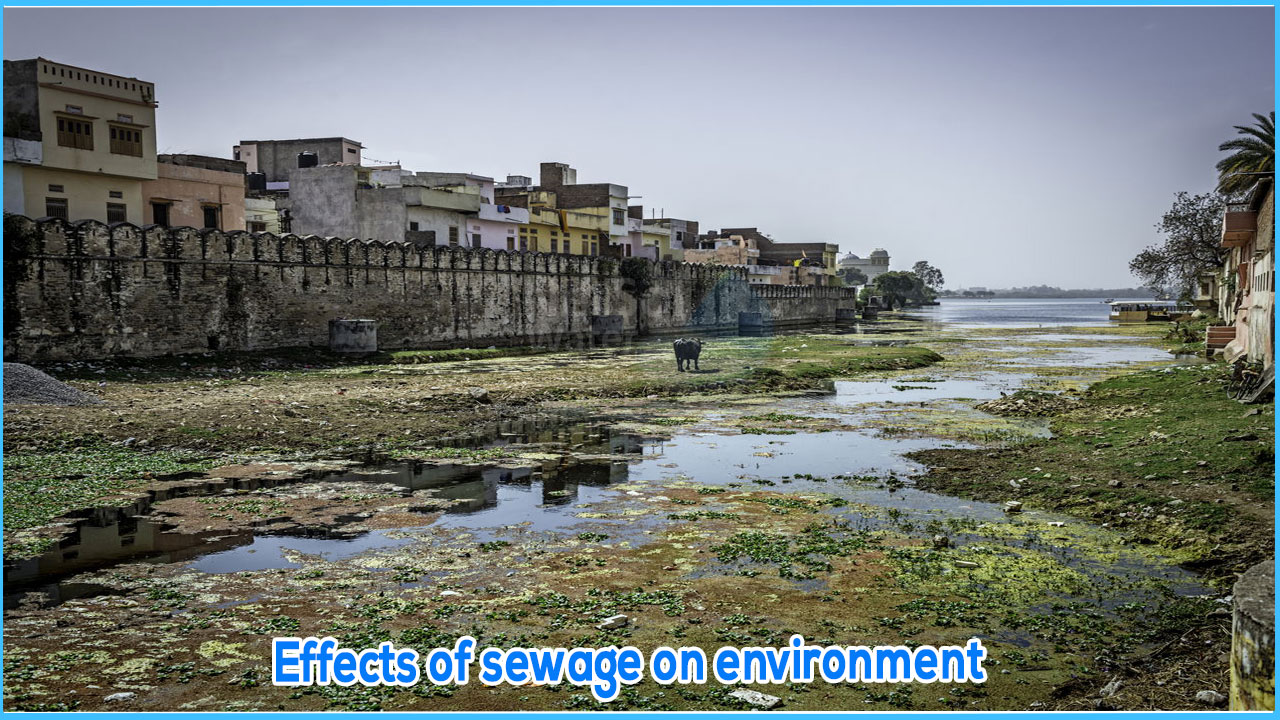How does sewage affect the environment?
Regrettably, sewage has a mostly negative impact on the ecosystem. Before it can be disposed of, usually into the ocean, it must be properly treated. However, there are two issues. If sewage is only partially cleansed before being disposed away, it can pollute water and injure a large number of animals. Alternatively, leaks or flooding can result in entirely untreated sewage entering rivers and other water sources, polluting them. The ramifications aren't ideal. Diseases like e-coli, diarrhea, and hepatitis A can spread if water supplies are contaminated.
Sewage that has been properly treated can still cause issues. Microplastic fibers generated when some clothes are washed have lately been discovered to make their way through wastewater treatment plants and into marine ecosystem systems, according to researchers. They can injure animals and disrupt the food chain, just like the more frequent pollutants.
Pathogens (disease-causing bacteria) and putrescible organic compounds are primarily found in domestic sewage. Due to the fact that infections are excreted in faeces, all sewage from cities and towns is likely to contain pathogens of some sort, posing a direct threat to public health. Putrescible organic debris, on the other hand, pose a unique threat to water quality. The dissolved oxygen level of the water is lowered as organics degrade naturally in the sewage by bacteria and other microbes. This jeopardizes the quality of lakes and streams, where fish and other aquatic species rely on high oxygen levels to thrive.Domestic, industrial, and agricultural activity all generate wastewater, which can pollute numerous lakes and rivers.
- ~ Wastewater containing fasces, urine, and laundry waste is referred to as sewage.
- ~ Because there are billions of people on the planet, sewage treatment is a top priority.
- ~ In poor countries, sewage disposal is a big issue since many people lack access to sanitary conditions and clean water.
- ~ In such regions, untreated sewage water can pollute the environment and cause ailments like diarrhea.
- ~ Sewage in modern countries is rapidly and hygienically conveyed away from the residence via sewage pipes.
- ~ Sewage is handled in treatment plants, and the trash is frequently dumped into the sea.
- ~ Sewage is mostly biodegradable, and the majority of it degrades in the environment.
- ~ When people flush chemical and pharmaceutical chemicals down the toilet in affluent countries, sewage often causes difficulties. Sewage transmits hazardous viruses and germs into the environment when people are sick, causing health problems.
Cholera, typhoid, and dysentery are all life-threatening human infections spread by sewage. Schistosomiasis, hepatitis A, intestinal nematode infections, and a variety of other ailments can all be caused by sewage contamination of water. According to the World Health Organization, unclean water, sanitation, and hygiene cause 1.5 million unnecessary deaths per year. 3 Young children account for the majority of these deaths. An estimated 860,000 children under the age of five die each year as a direct or indirect result of underweight or malnutrition caused by recurring diarrheal or intestinal worm infections.




